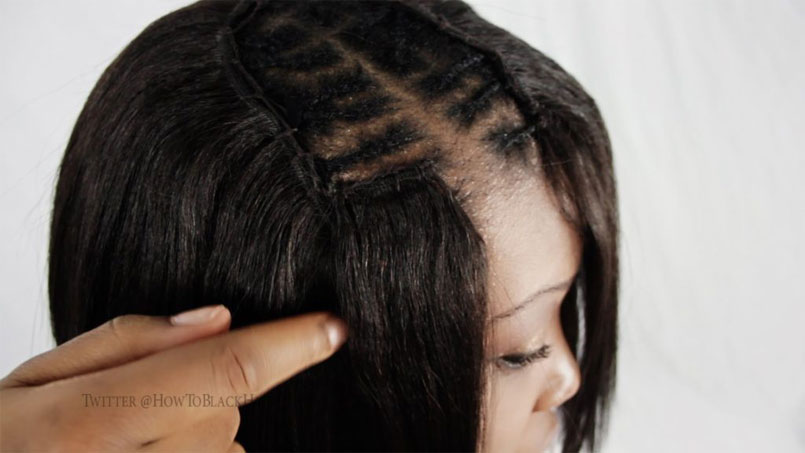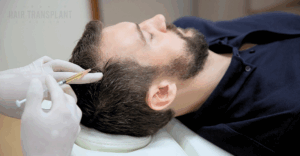For most women, their hair has always been their favorite accessory. We spend our whole lives brushing it, learning how to wash it properly, and can get pretty upset when it’s cut too short. For as old as time, hair has always been a signal of wealth and beauty, and we use it to express our own individual tastes.
Some women who have lost their crowning glory choose to use wigs to mask their thinning hair. We take a closer look at female hair loss and wigs in this blog post.
What Causes Female Hair Loss?
There are, of course, a variety of reasons for female hair loss. Unbalanced hormones, the use of birth control, diet deficiencies, stress and physical trauma can all contribute to the loss of your locks. On top of these factors can be unavoidable medical conditions and damage inflicted to the scalp from years of abrasive product use. Lifestyle can also be a big contributor to hair loss – alcoholics, smokers, and those who have poor eating habits can also suffer from hair loss at an accelerated rate.
How Do Wigs Work?
There are a variety of ways that wigs are made and held in place.
There is the semipermeable option, which is considered to be one of the most unmanageable/harmful placement methods. This type of wig attachment involves the use of a chemical bonding agent, which some people may have an allergy to. This method supposed to have a shelf life of about 6 weeks and must be placed and removed by a professional.
So why is this sort of attachment considered harmful? Well, the adhesive can cause blockage of your hair follicles, and because the wig is glued to your scalp, washing may be more difficult.
If you’re more interested in a DIY wig option, then the good ol’ double-sided tape method might be for you. Although still not ideal, the tape method is a much better option and might contain less of the harmful chemical-laced adhesive.
The main benefit of temporary adhesive is the ability to remove the wig whenever you wish, such as while sleeping or showering. This will allow your scalp to breath and give you more options for cleanliness.
Of course, the tape is not 100 percent reliable. If you sweat regularly or get caught in a heavy rain this type of adhesive can be a risk.
There is, as well, the clip option. This is the most commonly used attachment method for most extensions. Wigs that are to be clipped generally have more security than the tape method, but beware, sometimes clips can cause further hair loss.
And finally, the most permanent and versatile solution; the weave-in.
Weave-In Wigs for Hair Loss
Lots of women prefer this method of attachment. With this application, the extensions are weaved into the braided sections. A good beautician will make them look as if they’re a natural part of your hair. This method of attachment isn’t considered particularly damaging to your scalp, as it is completed without glue or other adhesives. The only thing to try and avoid with the weave-in wig is having a placement that is too tight, as it can cause stress on your hair follicles, which might eventually lead to further loss.
The fact is that long-term use of wigs can be damaging. Luckily, though, the upside is that a wig or extensions may help protect areas of your scalp from sun damage that would otherwise be exposed. Another benefit is the option to constantly change your look! Wigs can be fun.
For women with scalp conditions (such as psoriasis and seborrheic dermatitis), wigs can also prevent exposure to harmful conditions, including excessive cold or heat.
Women wear wigs for a variety of reasons, most of them cosmetic. If you’re a woman suffering from hair loss then a wig may be an option for you. There are other natural remedies for hair loss, as well, including PRP Injections, LaserCap, and even No-Shave FUE.







